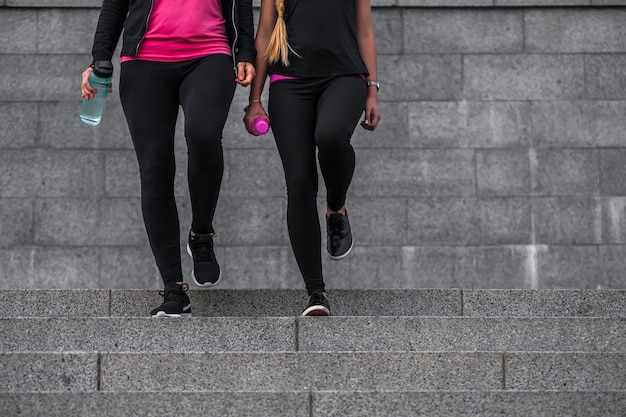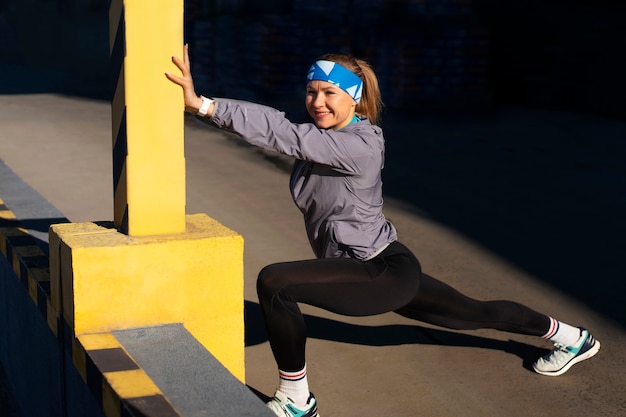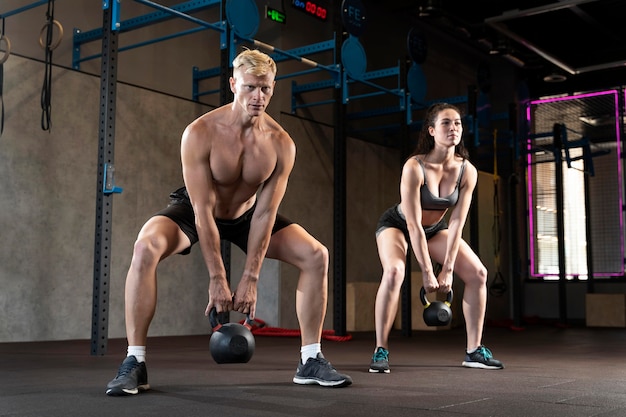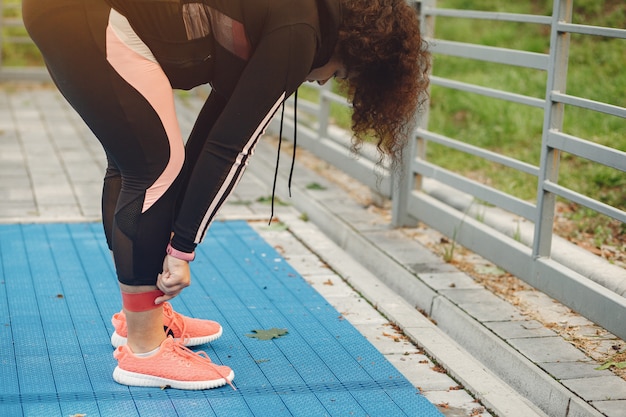Balancing powerlifting with daily activity can be tricky—especially for students juggling classes, training, and limited free time. While powerlifting builds strength, it doesn’t naturally promote high daily movement. However, increasing your step count is essential for cardiovascular health, energy balance, and overall well-being. The good news? You don’t need to sacrifice your lifting goals to stay active.
Here are 15 practical, student-friendly ways to increase your daily steps without interfering with your powerlifting routine—complete with tracking ideas and motivation cues to keep you consistent.
Use the Pomodoro technique: study for 25 minutes, then take a 5-minute walk. This not only boosts steps but also improves focus and memory retention. Walk around your dorm, campus courtyard, or even up and down stairs.

If you drive to campus or the gym, park at the far end of the lot. Those extra 100–200 steps per trip add up over time and serve as a gentle warm-up before lifting.
Skip the elevator—even if it’s just one or two flights. Climbing stairs builds leg endurance and contributes significantly to daily step goals. Challenge yourself to use stairs exclusively for a week.
Leave 10 minutes earlier than needed and take a longer route. Enjoy the fresh air, clear your mind, and rack up steps before lectures begin.
Map out a 10–15 minute walking loop around your campus. Use it during breaks, after class, or as a cooldown post-lift. Bonus: it doubles as a mental reset.
Whether you’re catching up with friends or calling home, do it on your feet. Pacing around your room or walking outside turns idle time into step-earning time.
Use free apps like Google Fit, Apple Health, or Samsung Health. Set a daily goal (start with 7,000–8,000 steps if you're new) and monitor progress. Many sync with wearables or just your phone’s built-in pedometer.
Invite friends or classmates to a weekly step competition. Friendly rivalry boosts motivation. Use group chats or apps like Stridekick to track and compare.
If your gym is within 15–20 minutes on foot, walk instead of driving or taking transit. It primes your body for lifting and ensures at least 1,000–2,000 steps per trip.

After your powerlifting session, spend 10 minutes walking slowly on a treadmill or around the gym. This aids recovery and adds steps without strain.
If you live near a store, walk to buy snacks or groceries. Carry a backpack to make it practical. It’s a win for steps, independence, and nutrition.
Record yourself reviewing notes or flashcards, then listen while walking. Auditory learning + movement = efficient multitasking.
Use your phone or smartwatch to buzz every hour. When it does, stand up and walk for 2–3 minutes. Even short bursts improve circulation and step totals.
Place sticky notes on your desk (“Walk after this chapter!”) or set phone wallpapers with messages like “Steps = Energy.” Visual cues reinforce habits.
Hit 7,000 steps for 5 days straight? Reward yourself with a favorite smoothie or an episode of your show. Positive reinforcement builds long-term consistency.
Powerlifting and step counting aren’t opposites—they’re complementary. Strength training builds power; daily movement supports recovery, mood, and metabolic health. As a student, your schedule is tight, but these small, intentional actions can make a big difference.
Start with 2–3 tips that fit your routine, track your progress, and gradually build momentum. Your future self—stronger, more energized, and more active—will thank you.

Fitness

Fitness

Fitness

Fitness

Fitness

Fitness

Fitness

Wellness

Wellness

Wellness

Fitness

Wellness

Health

Fitness

Health

Health